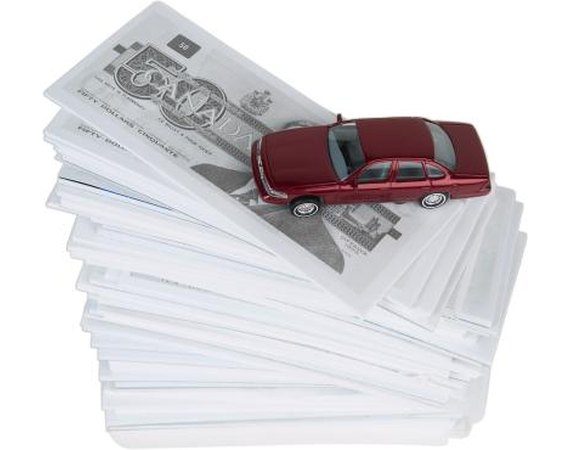Despite having signed a contract, you can still get out of your car lease. You have several options available to you, but they may be limited if your leasing bank doesn't allow lease transfers or if you're currently late on payments. Consider all of your lease-end options to best determine which can save you the most money.
Lease Assumption
Lease assumption, or transferring your lease to another person, may prove the cheapest way to end your lease. As long as your lease payments are up-to-date and your bank allows it, you can transfer the remainder of your lease to someone else. The new lessee must finish your monthly term and use the mileage you have left on your contract. A fee may apply for this option, but it is likely several hundred dollars, which is cheaper than paying to terminate your lease instead. You can also transfer any fees to the person assuming your lease.
Bank Offers
If you're nearing the end of your lease, your bank may offer you the opportunity to end the lease early if you finance or lease through the same bank again. Some banks offer this opportunity up to one year before a lease contract ends. Call a same-make dealer or your bank to find out if any offers exist. If so, you may end your lease early without having to pay early termination charges or the remainder of the payments due on your contract.
Trade or Sell the Vehicle
You can choose to purchase your vehicle from your leasing bank. Depending on your vehicle's equity amount, you may have to provide little or no money toward the vehicle's buyout price to satisfy the bank. If you can sell your car or trade it for more than the bank's buyout amount, you can keep any profit you make. If you owe more than the car's buyout amount and plan to trade to a dealer toward another purchase, you can offer a down payment or roll the extra money over into a new loan or lease. If you sell the car privately, you must provide any additional money due to your bank to transfer ownership.
Pay for Termination
Depending on how far along you are in your lease contract, termination may prove an expensive option. Bank termination fees vary; you must call your bank to obtain exact costs. Aside from a termination fee, you must pay any monthly payments still due on your contract. Paying to terminate your contract is not likely to prove the best option during the first two years of your lease. Determine the cost of termination and compare them to other options before choosing this route.




















